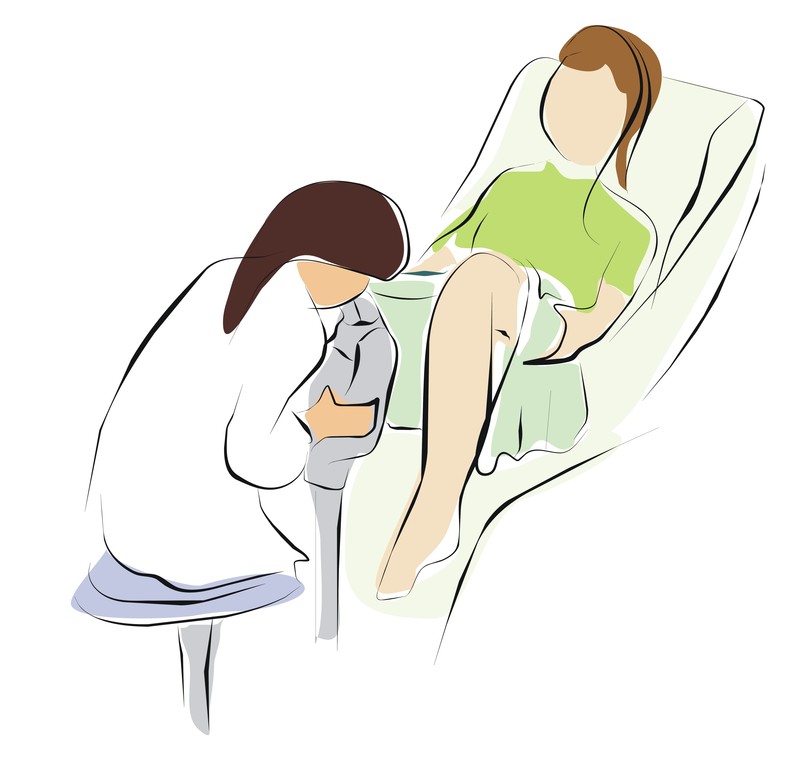First and foremost, let’s get this out of the way: Mammograms are often wrong. In fact, some estimates show that up to 90% of “positive” results (those that have detected abnormalities) are actually “false-positives”, meaning that there was no cancer despite the reading. And up to 20% of “negative” results are estimated to be “false-negatives,” meaning there actually was cancer present but it wasn’t detected.
Any screening test has a chance for false-negatives: it’s impossible to detect anything with 100% accuracy. Getting that percentage of false-negatives as low as possible is one of the reasons procedures are constantly re-evaluated and refined. But I want to focus today on the false-positive tests, because the impact of getting a false-positive on your mammography is a little less understood.
False-Positives
This number – up to 90% – may seem unacceptable at first glance. Getting something wrong 90% of the time is usually considered a deal-breaker elsewhere in life, after all!
According to the National Cancer Institute, false-positives are most common in young women, women who have had previous biopsies on their breasts, those with a family history of breast cancer, and women taken estrogen supplements.
Mammograms can also sometimes detect something known as localized ductal cancer. This is the finding of breast cancer that is localized to the ducts of the breasts known as ductal carcinoma in situ. The concern is that many women with ductal cancers may never die of breast cancer that was diagnosed with the screening mammography. These women may be are subjected to unnecessary breast surgery, radiation therapy and even chemotherapy in older age, leading to health problems and costs that were not truly contributing to their long-term survival.
False-positive tests can result in unnecessary procedures, stress, medical costs, lost time, and additional risks. Believing you have life-threatening breast cancer when you do not can be a tremendously disruptive, life-altering experience in the short term with long-term consequences. So how are you supposed to rely on a mammogram with such accuracy rates?
Using Mammograms the Right Way
It all comes down to how mammograms are utilized. The most important thing to understand is that an initial positive test does not necessarily mean you have cancer. In fact, odds are you do not! But follow-up tests will be needed to learn more information and get to the truth behind the positive result. Additional mammograms, ultrasounds, and surgery followed by biopsy are the typical followups, depending on what is found. It is important not to panic at this stage, and to understand that more information is needed before a complete diagnosis can be made.
Another important factor in using mammograms the right way is understanding when they should be conducted. Young women are much more likely to experience false-positive (and false-negative) results: as a result, for average-risk women the American Cancer Society recommends screening starting at age 45, while the United States Preventive Services Task Force recommends screening start at age 50. Screening in young women has not been shown to conclusively help prevent deaths from breast cancer, and may cause more harm than good in many cases. If you are at higher risk or want to begin screening earlier than these guidelines, you should discuss it with your doctor and understand some of the limitations inherent to mammograms.
As women reach their late years, the benefits of mammograms becomes difficult to determine. Women age 75 and older can still develop breast cancer, but in some cases their remaining life span may be less than the period required for breast cancer to become fatal. For women that are still healthy and likely have a number of years remaining, screening may be a good practice. For others, screening may cause more harm than help. It is recommended that you speak with your doctor and try to determine a plan that is right for you and your health as there are no set, agreed-upon guidelines.
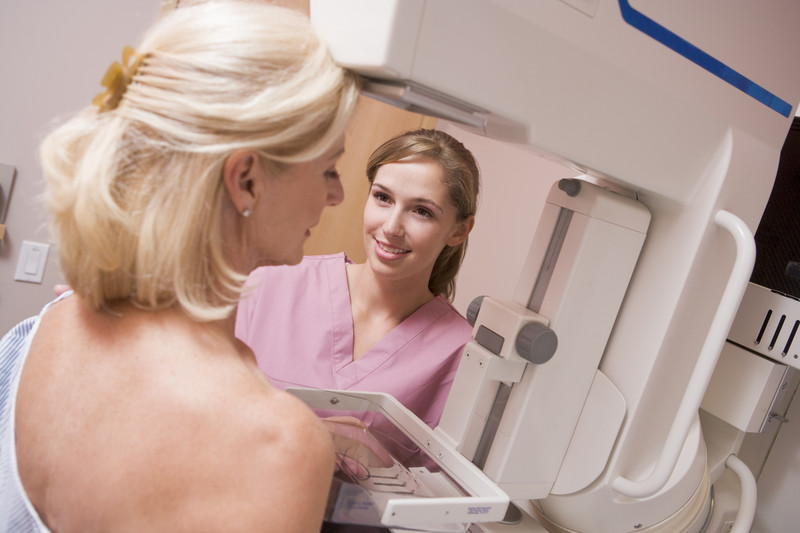
Mammograms are still the best tool we have
For all their limitations, mammograms are the best tool for detecting early breast cancer and saving lives. Breast cancer is a fatal disease that takes the lives of about 40,000 women a year. If allowed to develop and spread to other parts of the body, it can be too late to save someone with breast cancer. By staying vigilant and following proper guidelines, it is possible to detect this dangerous disease early and save lives. Be sure to speak with your doctor and schedule the right tests at the right times for you!
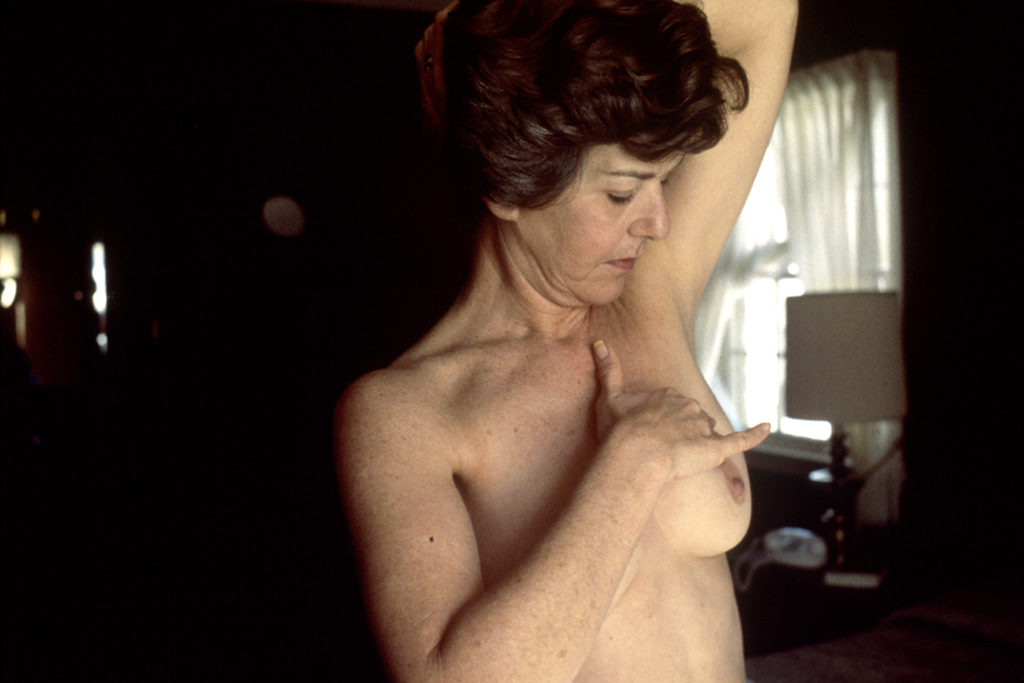
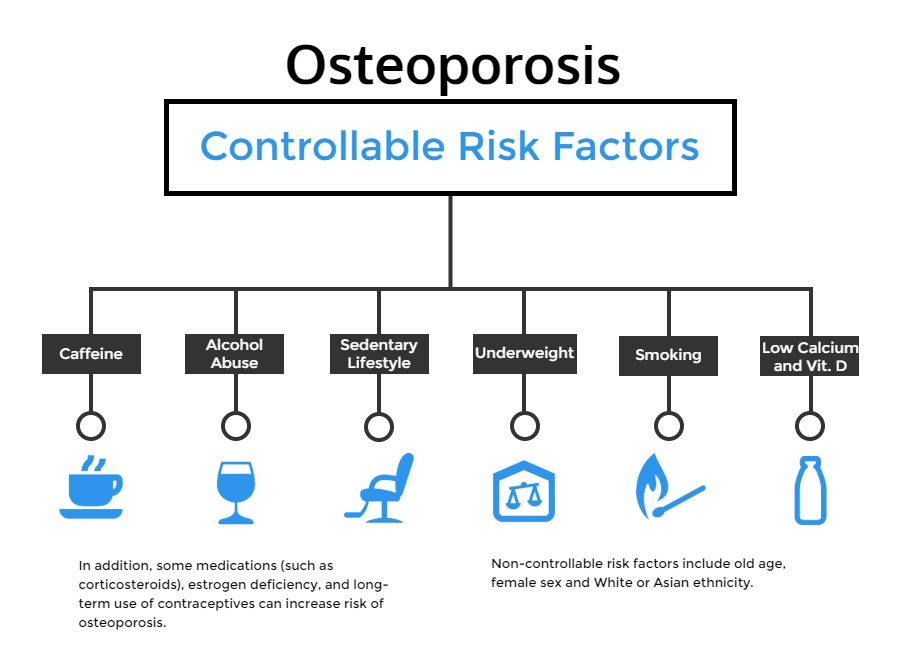
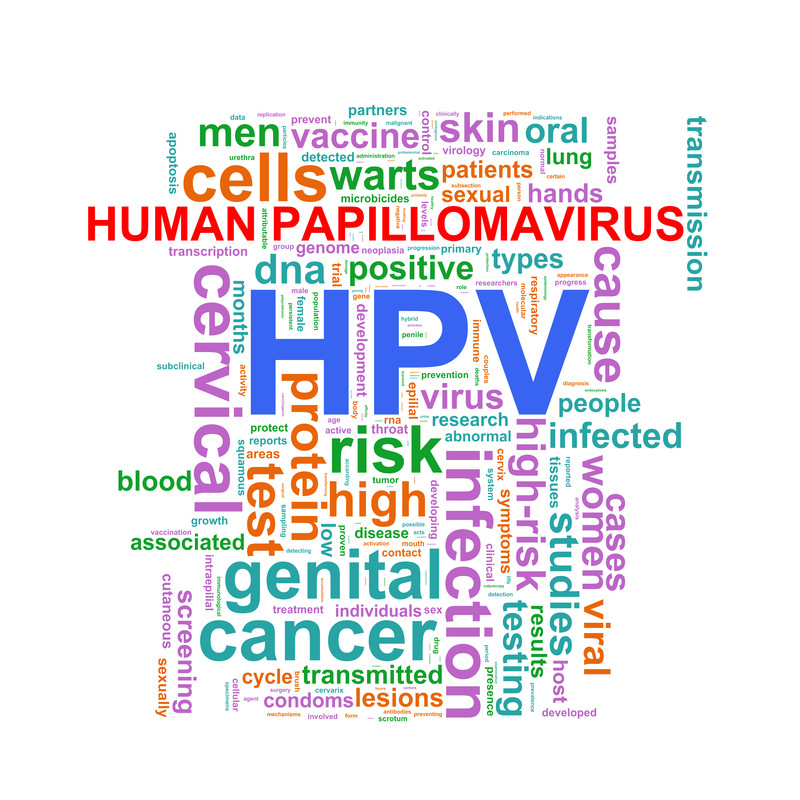 The human papilloma virus (commonly known as HPV) is one of the most common sexually transmitted diseases. In fact,
The human papilloma virus (commonly known as HPV) is one of the most common sexually transmitted diseases. In fact, 